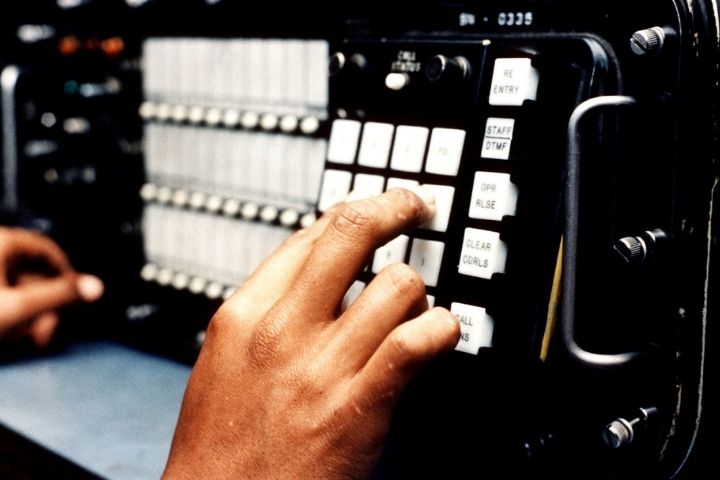The problem with the switchboard is that it is generally based on complex and rigid solutions. As a result, it is often misconfigured, not very up-to-date, and generally poorly managed by the companies that install it.
Fortunately, a tool like Ring Over has revolutionized the implementation and use of the PBX. We will see in this practical guide that it is now very simple to implement an effective and efficient standard.
Table of Contents
1. What Is A Telephone Switchboard?
The principle of a switchboard is simple: there are a thousand reasons why a customer would want to contact a company. Depending on their problem, it is more or less relevant to redirect the person to this or that service, to this or that specialist to treat the situation in the best possible way. It is therefore a question of having a system that allows managing the reception of the call, categorizing the nature of the call before communication and determining to which group of agents the call will be sent.
2. A Bit Of History: The Switchboard Over The Years
Telephone switchboards have existed since the origins of telephony at the end of the 19th century. In 1888, Almon Strowger invented the electromagnetic telephone switch that allowed the redirection of calls mechanically. The technology gradually established itself in call centers rather than manual systems.
Over the decades, the evolution of telecommunication technologies and much later the arrival of the Internet have opened the field of possibilities of the telephone switchboard with a multitude of functionalities to make it a powerful tool for customer relations.
The PABX standard: the switchboard of the 1990s
The PABX (Private Automatic Branch exchange) standard is an electronic call redirection system applied to analog telephone lines. Therefore, it is a technology that works independently, without the Internet. It uses quite heavy network infrastructures and, therefore, a significant cost of installation and maintenance.
IPBX: the switchboard with Internet
The IABX (Internet Protocol Branch exchange) standard is the improved version of the PABX, since it works in the same way as it is based on VoIP telecommunications technology, that is, telephony over the Internet. The infrastructure is much lighter since all that is required to operate an IPBX PBX is a power supply, an Internet connection, and compatible telephone equipment.
In fact, the IPBX is much cheaper than its predecessor the PABX and offers new possibilities thanks to its Internet connectivity: multimedia content exchange, performance, routing systems.
Centrex: the 100% cloud-based cutting edge technology
Centrex works in a completely different way than the first two technologies. It is a system whose hosting and management is outsourced by a professional telephone operator. Does “cloud telephony” mean anything to you? Well, Centrex is cloud telephony.
The advantages are numerous: much cheaper, there is no infrastructure to install (space is saved), the communication costs are lower and the functionalities are unlimited.
Thanks to Centrex technology, the PBX is now ultra easy to configure and use for companies through solutions such as Ring Over. This is called a virtual switchboard.
Do you want to know more about the technical aspect of telephone exchange technologies and about telephony in general? Find all the definitions explained in a simple and detailed way in the Glossary of Ring Over, the reference in the world of telecommunications.

